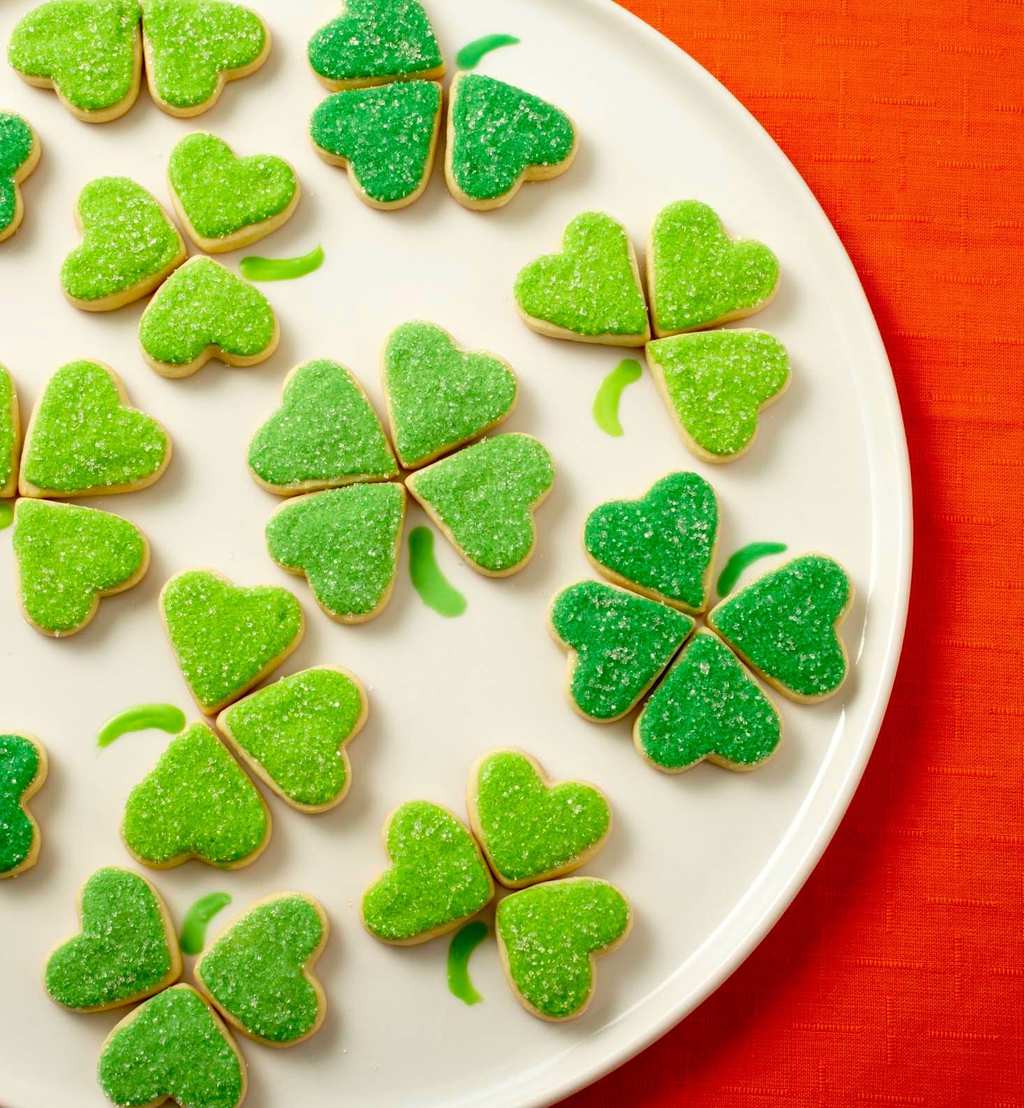
St. Patrick’s Day, for many, is a day to celebrate all things Irish by wearing green, decorating with shamrocks, throwing parties and attending parades.
But what really happened centuries ago in Ireland that we still celebrate this Irish holiday every March 17th? Let’s find out…
I have a wee bit o’ Irish heritage in my family. My maternal grandfather’s father was born in Ireland and came to America in 1892, when he was only 18 years old.
Upon arriving in New York, he became an American citizen and then settled in Milwaukee, Wisconsin (where I’m originally from).
In the early 1920s, my great-grandfather sold some of the first “talking machines,” also called phonographs, which eventually became what we know as record players.
While St. Patrick’s Day is celebrated in Ireland—and across the world in Canada, Australia, New Zealand, the United Kingdom and a few countries in South America—this holiday is also widely celebrated in the United States (especially in cities such as Chicago, New York and Boston).
Most likely you’ve heard that the Chicago River is turned green for St. Patrick’s Day every year. But rest assured, the dye is allegedly vegetable-based and environmentally safe.
So what is St. Patrick’s Day really about? Here are 5 key things you need to know about this Irish holiday:
1. Who was Saint Patrick?
Saint Patrick lived more than 1500 years ago (385 AD – 461 AD). But the holiday wasn’t made official until the early 17th century, thanks to the tireless efforts of an Irish Franciscan friar named Luke Wadding from Waterford. March 17 became a feast day to celebrate St. Patrick, the patron saint of Ireland.
Interestingly, legend says that Patrick’s original name at birth was Maewyn, and that later he changed his name to Patricius (or Patrick) after he became a priest (because it is derived from the Latin words for “father figure.”)
No one knows the exact location of his birthplace, but we know that Patrick was born in “Roman Britain” somewhere near what is now called Scotland or Wales.
2. What did St. Patrick do?
At age 16, Patrick was kidnapped from his homeland by raiders, then brought to Ireland, and taken into slavery. There, in the Slemish Mountains in County Antrim he was made to watch the sheep at night, keeping them from wild animals like foxes, wolves and bears.
Isolated in the cold and desolate countryside, Patrick turned to prayer. Six years later his prayers were answered, and he escaped. Patrick returned home. But he often thought about the Irish and prayed for them to convert to faith in God.
Patrick became an ordained priest in the Catholic faith (and later a bishop). He talked about a dream where he would repeatedly hear the “voice of the Irish” calling to him to return to Ireland for them. And so he did.
Patrick went back as a missionary to reach the unreached people of Ireland. He wanted to tell them about the love of God and share with them about the Christian faith.
3. Why do we celebrate the St. Patrick’s Day holiday?
St. Patrick’s Day—also known as the Feast of Saint Patrick, St. Paddy’s Day or St. Patty’s Day—was originally a religious celebration to commemorate Saint Patrick and how he brought Christianity to Ireland.
While he lived way back in the first century, it wasn’t until 1631 that this holy day was made official by the Vatican.
In America, the first celebration of St. Patrick’s Day was supposedly in 1737 when wealthy Irish people in Boston threw a party to welcome Irish immigrants who had just arrived.
However, other sources say that Irish Catholics, who had not been treated well upon their arrival on American soil, threw their own huge parties on March 17 to celebrate their heritage.
Today, this holiday has morphed from a religious observation to a mostly secular and cultural celebration—with people wearing green attire and “Kiss Me, I’m Irish” buttons, imbibing in green beer, eating traditionally Irish food like corned beef and cabbage, and celebrating in their own ways.
4. What’s the deal with shamrocks and wearing green?
Legend has it that Saint Patrick used the shamrock (a plant with three broad leaves on one stem) to explain the concept of the Trinity, three divine persons in one God (God the Father, God the Son (Jesus Christ), God the Holy Spirit). And it’s become a popular custom to wear shamrocks on St. Patrick’s Day.
As for wearing green, some say that green shamrocks and ribbons have been worn on St. Patrick’s Day since the 1680s (because of their green harp flag).
In addition, others say the color associated with the Irish holiday was originally blue (the color featured on an ancient version of the Irish flag) and then changed to green in 1798, the year of the Irish Rebellion.
But, Irish lore says that long ago they thought wearing green made a person invisible to the likes of leprechauns, the mythical creatures who would pinch anyone they could see (meaning people not wearing green).
5. Why do we celebrate on March 17?
St. Patrick’s Day is celebrated on March 17 because it is the day St. Patrick died. He passed away in 461AD in near Armagh in County Down, Ireland.
Overcoming Obstacles
To me, the message of the St. Patrick’s Day holiday is one of victory and overcoming obstacles. Despite his past hardships (he was kidnapped and taken into slavery), Patrick overcame his hardships. He believed in the power of prayer and trusted God to deliver him.
So let’s celebrate this time-honored tradition on March 17. And believe our great God for deliverance and victory in our own lives.!
I arise today…
Christ with me, Christ before me, Christ behind me,
Christ in me, Christ beneath me, Christ above me,
Christ on my right, Christ on my left…
Christ in every eye that sees me, Christ in every ear that hears me.
I arise today.
-Excerpt from “St. Patrick’s Breastplate,” a prayer by St. Patrick
Additional Resources by Jackie M. Johnson
Power Prayers for Women
Prayers with Purpose for Women
Praying with Power When Life Gets Tough
When Love Ends and the Ice Cream Carton Is Empty
And if you’d like to make the yummy Shamrock Cookies, in photo above, here’s the link to the recipe.
We’d like to hear from you. Please share your comments below.




No Comments